Region or state NaplesApuliaSicily Serving temperature warm | Place of origin Italy Created by Andrea Ascalone Variations Various fillings | |
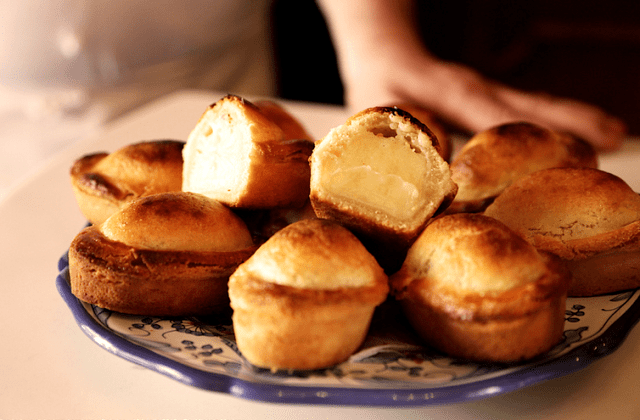 | ||
Similar Bocconotto, Rustico, Cartellate, Sfogliatella, Zeppole | ||
Pasticciotto leccese ricetta
A pasticciotto ([pas.tɪˈtʃiɔt.to], plural: pasticciotti) is a type of filled Italian pastry. Depending on the region, they are traditionally filled with either ricotta cheese or egg custard. In some Italian-American communities they are called pusties.
Contents
- Pasticciotto leccese ricetta
- Videoricetta pasticciotto arte bianca
- Overview
- Crust
- Fillings
- History
- Availability
- References
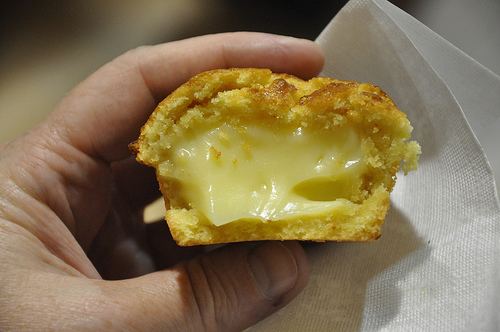
Videoricetta pasticciotto arte bianca
Overview
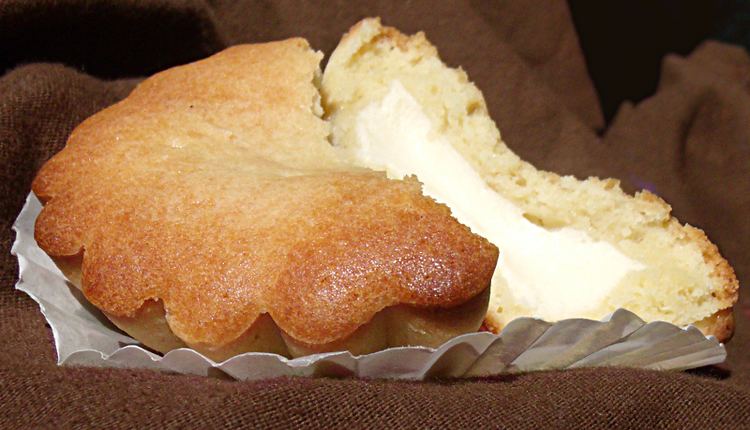
Pasticciotti are approximately 1 inch (2.5 cm) thick. They are typically served as a breakfast item, but may also be eaten throughout the day, and are a traditional Easter pastry in Sicily. According to a number of sources, pasticciotti should be eaten warm.
Crust
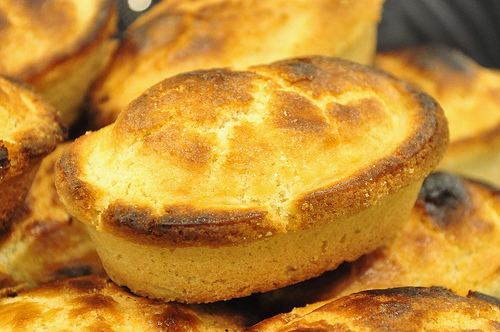
The short-crust pastry dough used to make pasticciotti was originally shortened with lard, but modern recipes may use butter instead, though this alters the texture of the crust. An egg wash is often applied to the top of each pastry before baking.
Fillings
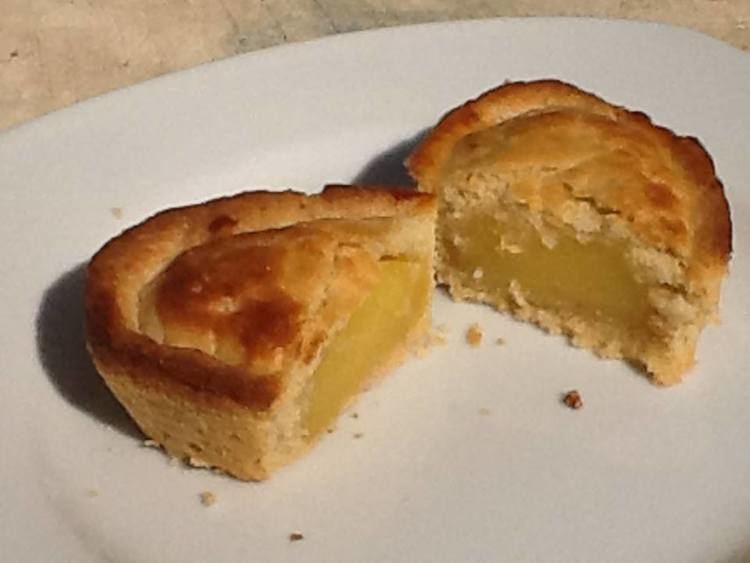
Fillings for pasticciotti include the traditional lemon-flavored custard or ricotta, and variant fillings such as almond, chocolate, pistachio or vanilla custard; fruit preserves; or gianduja or Nutella chocolate-hazelnut spreads. An unusual variation filled with ground veal and almonds but topped with sugar, pasticciotti di carne, is a local favorite in the Sicilian town of Patti. Pasticciotti di carne are similar to the Moroccan pastilla which also combines a meat filling with a sugar topping. In Italy, ricotta-filled pasticciotti are the typical variety in Sicily, while the custard filling is more commonly seen in the Apulia region of southeastern mainland Italy, particularly in the province of Lecce, where the city of Lecce named the pasticciotto its typical cake. In Naples, in southwestern Italy between Apulia and Sicily, custard fillings are common but the pasticiotto napoletano also includes cherries. Both custard and ricotta fillings can be found in the United States.
History
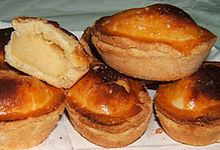
The invention of pasticciotti is credited to Andrea Ascalone, a chef in the town of Galatina in Lecce, who in 1745 used ingredients left over from full-sized tortas to create a smaller cake. The name pasticciotto allegedly comes from Ascalone himself regarding his creation as a pasticcio, or "mishap".
Availability
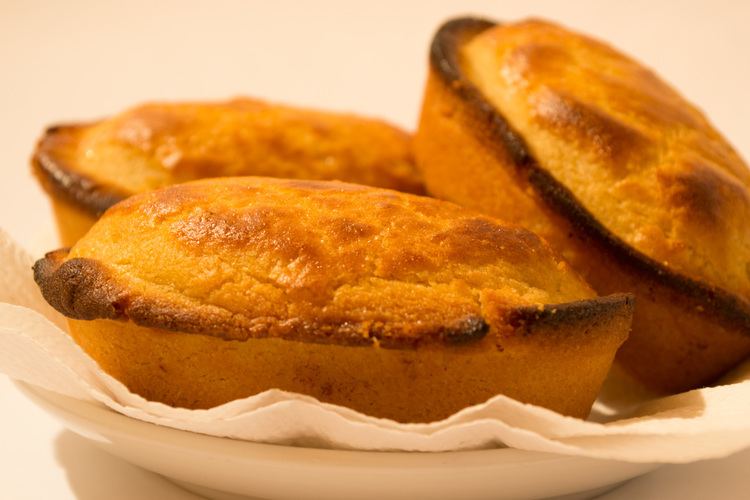
In southern Apulia, pasticciotti are sold in bakeries, bars, coffee shops and restaurants. They are also commonly available at Italian-American bakeries in the United States, alongside other Italian pastries like cannoli and sfogliatelle.
